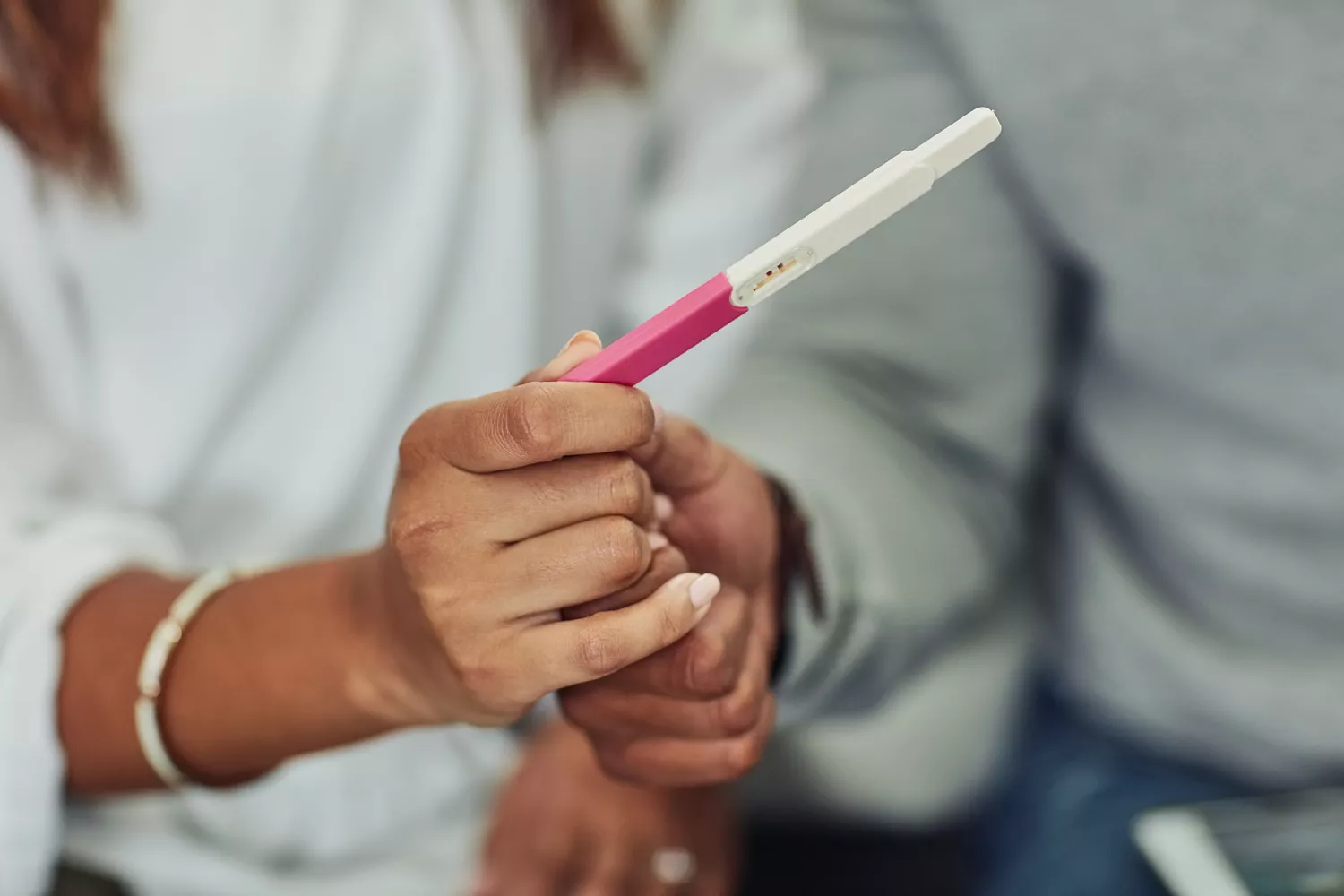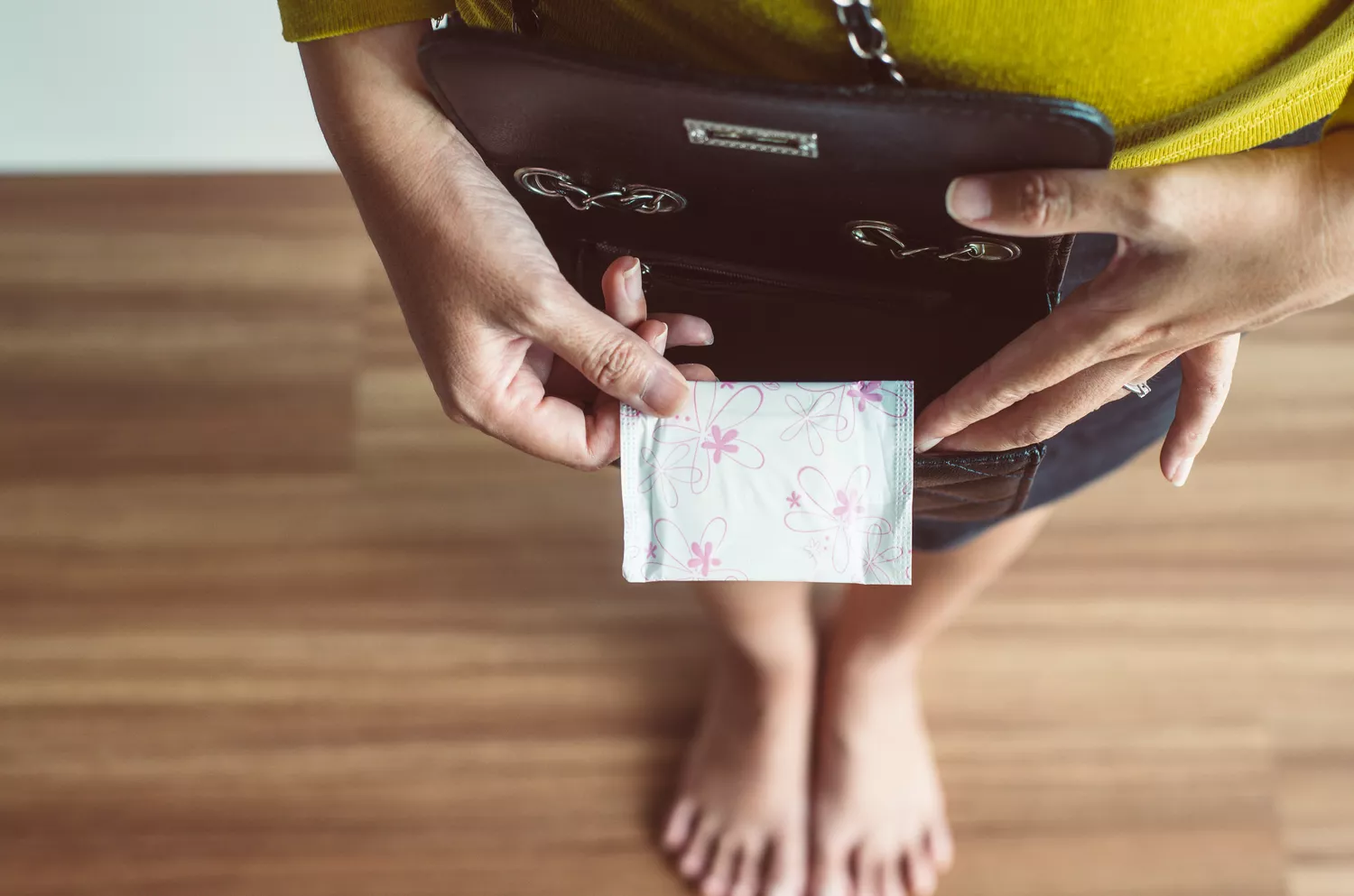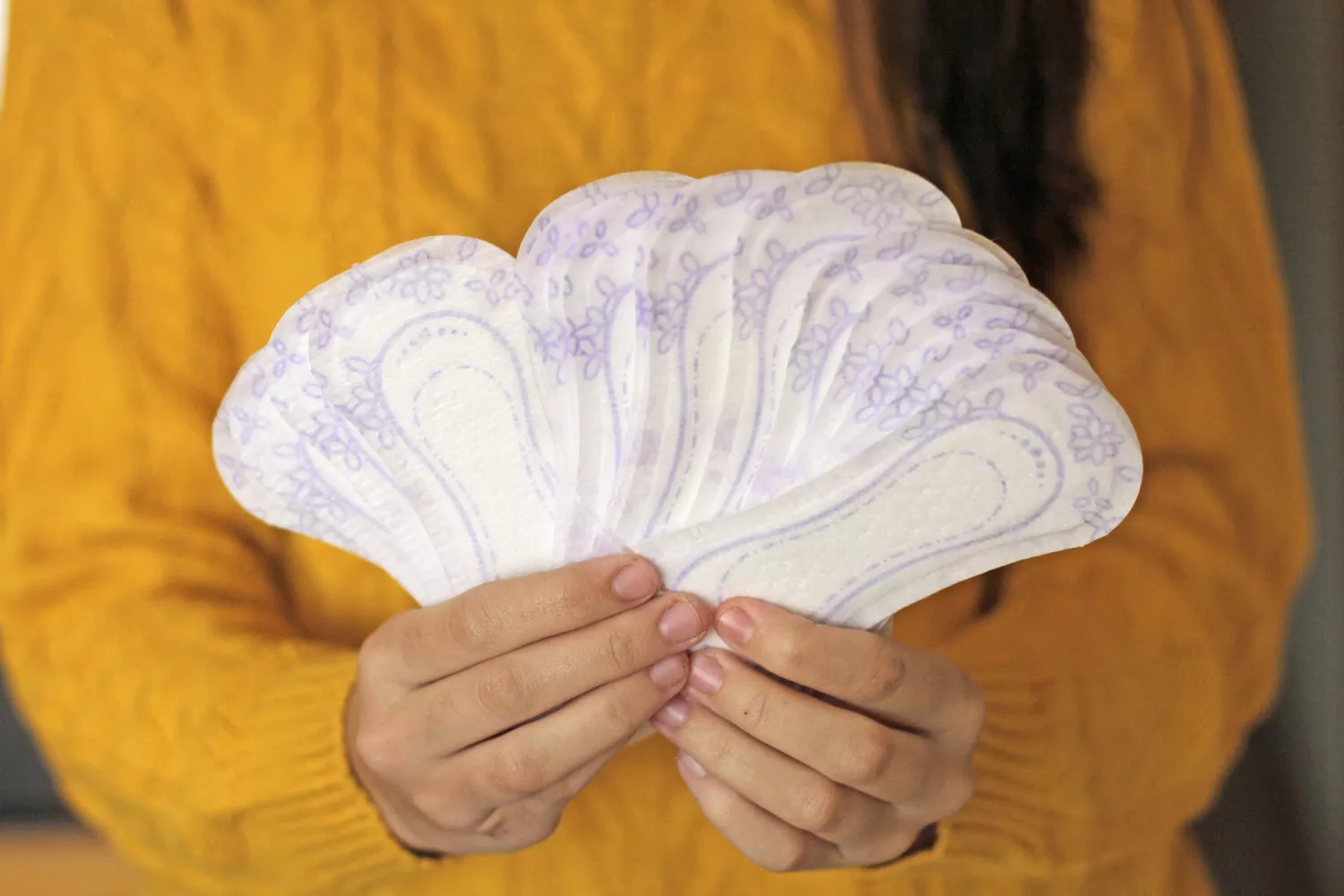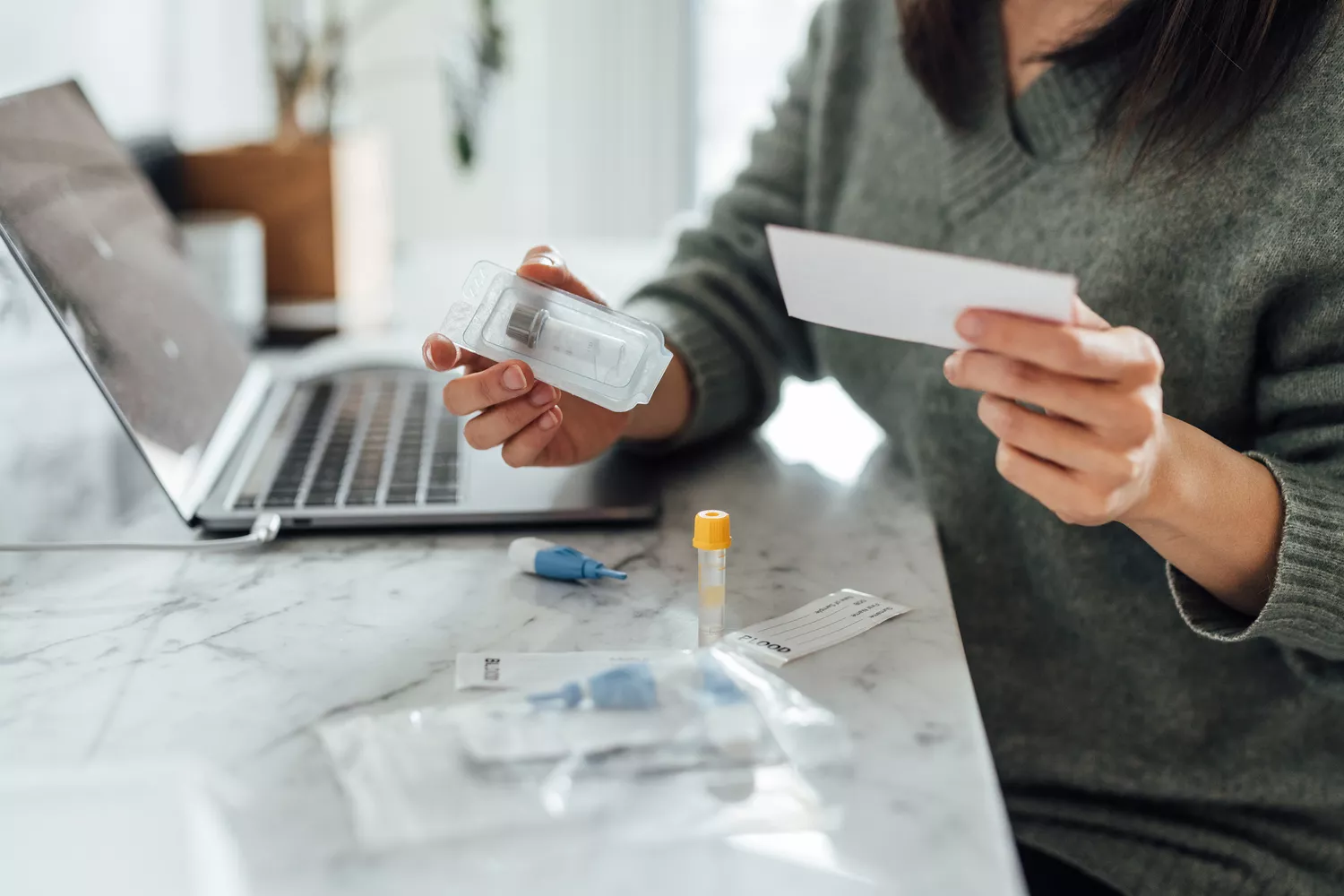How long does pink eye last?
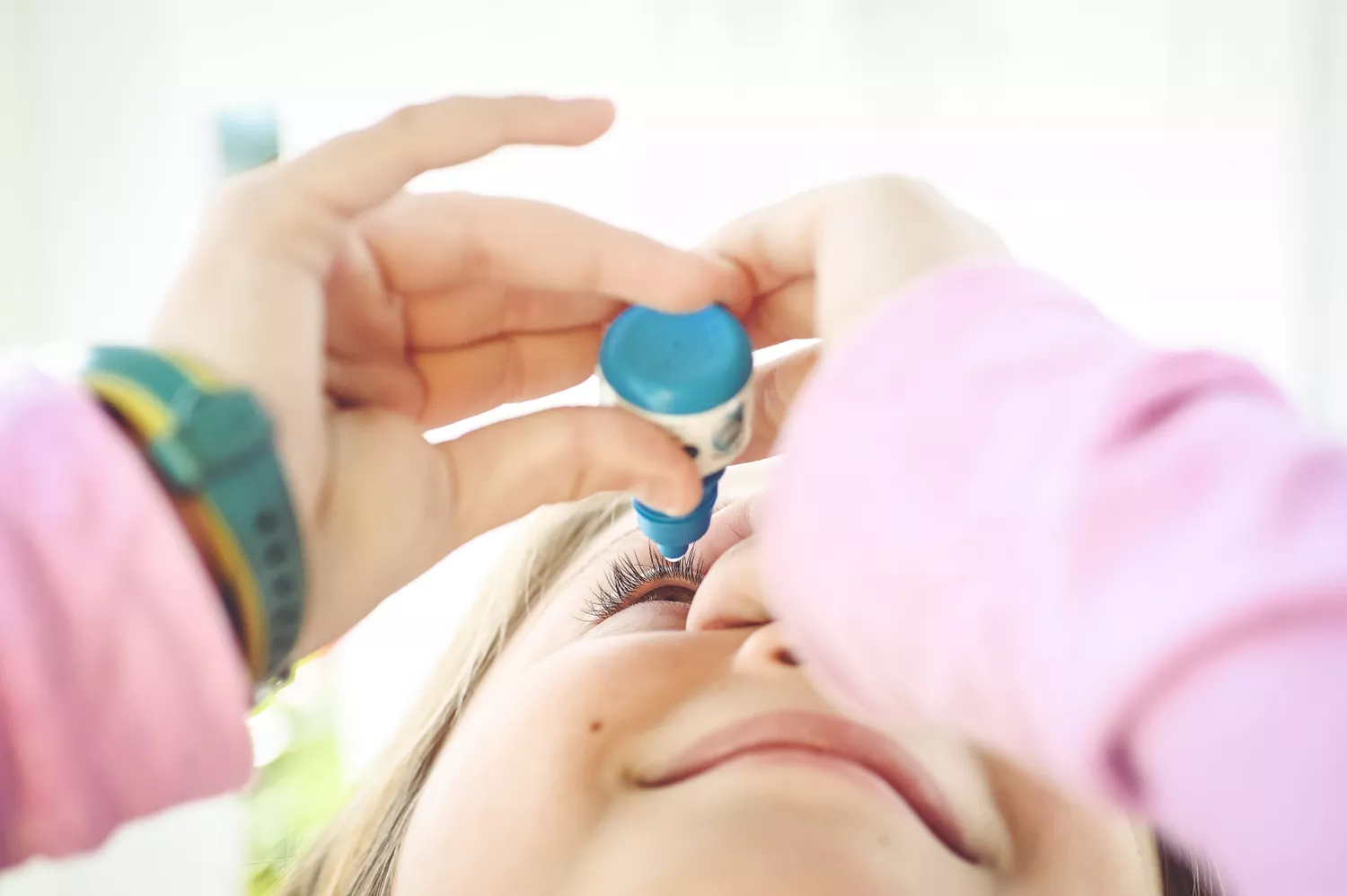

It is important to act fast if you want to avoid spreading the disease. What is pink eye? What is pink eye and how can it be treated? How long will it take for everyone to be healthy again after they have pink eye? You can find out all you need to.
What is Pink Eye?
Pink eye is the medical term for an infection or inflammation of the conjuntiva. This is the tissue that covers the white part of the eye and lines the eyelid.
When Should my child stay home from school or daycare? Age-by-age guide
What is Pink Eye?
Pink eye is an inflammation or infection of the conjuntiva, which doctors call conjunctivitis. The conjunctiva, or clear tissue covering the white of the eyes, is what Rosmy BARRIA, MD, medical advisor to the Health Reporter, and regenerative medicine expert, explains.
Conjunctivitis is very annoying because it prevents children from opening their eyes fully. Pink eye is highly contagious. Pink eye can be bacterial, viral or caused by environmental allergens such as allergies and chlorine.
9 Conditions that Do (or don’t) need Antibiotics
What is the difference between viral and bacterial pink eye?
Pink eye can be a problem no matter what the cause is, because it’s highly contagious. There are some differences between bacterial and viral pink eye.
Sara Guerrero Duby M.D. is a pediatrician at Dayton Children’s Pediatrics. She says that viruses are the most common cause of pinkeyespan data-id=”#citation-1″>1/span>. Dr. Barrios says that adenoviruses are the most common cause of pinkeye 1. However, it can also be caused by other viruses. She explains that “adenoviruses, herpes-simplix virus and varicella zoster viruses are all possible causes of pink eye”.
Antibiotics can sometimes treat pink eye, which is also caused by bacteria.
This begs the following question: How can parents distinguish between pink eye that is caused by a viral infection and a bacterial one they should treat with antibiotics. Unfortunately, Dr. Guerrero Duby says it’s not always easy to tell. It is difficult to tell if pink eye is viral or bacterial early on.
If you want to know the difference between them, then it’s usually best to look at later symptoms. Bacterial conjunctivitis is also more severe. The hallmark of bacterial conjunctivitis, which is often accompanied by a thick sticky discharge that can bind the eyes together, is a discharge that sticks to the eyelids. “After cleaning, the discharge quickly returns,” explains Dr. Guerrero Duby. Children with bacterial rosacea “often have thick, sticky discharge in their eyelids and require warm compresses.”
If you or your child suspect pink eye, you should consult a medical professional. They can provide you with a diagnosis.
What are the symptoms of pink eye?
According to Dr. Barrios and the Centers for Disease Control and Prevention (CDC), pink eye symptoms include: According to Dr. Barrios and of the Centers for Disease Control and Prevention, here are some pink eye symptoms:
- Redness in the eyes
- Conjunctival swelling
- Itching or irritation
- Watery discharge (viral pink eye)
- Pink eye (bacterial): thick discharge which causes the eyes and lids to stick together.
- Light Sensitivity
- The urge to rub your eyes
- Blurry Vision (occasionally).
Dr. Guerrero Duby says that other symptoms of pinkeye can be similar with those of a common cold. These include congestion and cough.
Keep an eye on the symptoms. If your blurry vision persists or worsens, then you should consult a doctor or ophthalmologist.
Is Your Child Sick or Has COVID-19?
What is the treatment for pink eye?
Parents want their children to feel like themselves again as soon as possible. Dr. Guerrero Duby explains that pink eye infections require mainly supportive treatment, meaning treating symptoms, rather than the cause. She explains that this includes “gently cleansing the eyes with moistened cotton balls or clean clothes with simple observation.”
Dr. Barrios says that children with bacterial eye infections may require antibiotic ointment or eyedrops. For any discomfort, artificial tear drops and cool compresses can be used.
It’s good to know that pink eye is usually self-resolving. As with any infection it is important to stay in contact with your doctor in case the symptoms worsen. If your child or you are not improving after a week of supportive care, then it is best to contact a doctor to determine if the infection may be bacterial and requires further medication.
Pink Eye is still contagious?
How often can parents clean their hands in a single day? The limit is not applicable to pink eye because it’s so contagious. When can parents stop worrying about getting it too?
The answer is, of course, fluid. When a child’s eyes are visibly pink, it is considered contagious. They can be contagious up to 24 hours before symptoms appear. “Like most viruses, symptoms can last for up to seven days”, says Dr. Guerrero Duby.
If the infection is bacterial then the answer will change. She continues, “Bacterial Pink Eye is contagious if children with acute symptoms are able to resume their normal activities within 24 hours after starting an antibiotic prescribed for the eyes.”
If your child is still sick, you should stay at home. Touch can quickly spread pink eye. Dr. Barrios confirms that it is best to avoid contact with others until the symptoms are gone.
When can kids return to school after pink eye?
Many parents want to send their children back to school after five days of being inside with weepy, red eyes. This is especially true if the child starts to feel better. When can parents send their children back to school without fear of spreading the illness?
It can be difficult to tell if your child has pink eye. It’s judgement call.
It is never easy to decide when to resume activities. Your child will need your care if they are at home. Parents should be aware of the school’s or daycare provider’s return policy. “Children with viral pinkeye often feel fine,” says Dr. Guerrero Duby.
You should speak with school administrators and providers to find out what their policy is. Some schools will allow students to return to school if they feel better, but others want them to be symptom free.
Pink eye is usually a temporary irritation. It is easily treatable and not usually serious. If you need more information, Dr. Guerrero Duby recommends that you consult the American Academy of Pediatrics pink-eye guidelines.
Pink eye, and all other common illnesses, are summarized in a single sentence by Dr. Guerro Duby.


